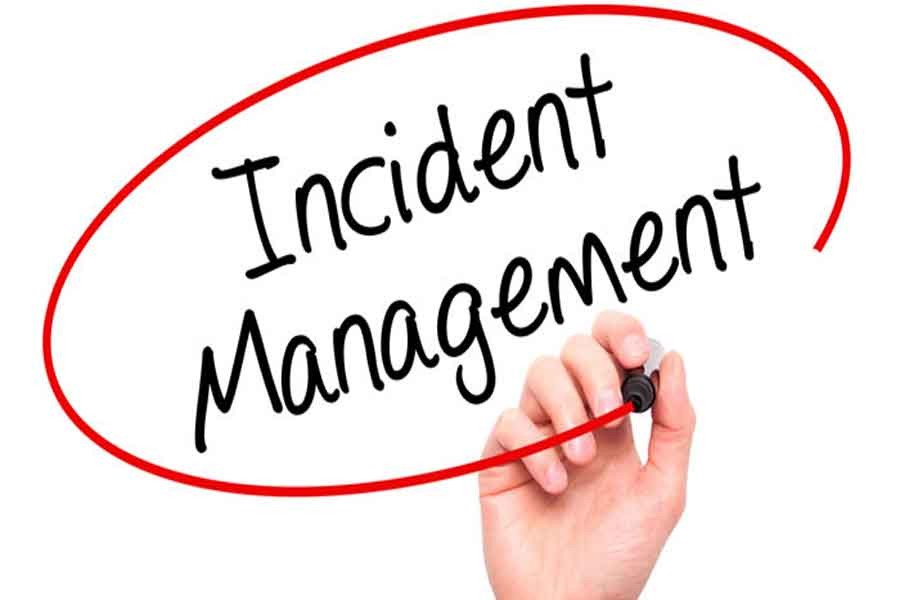In a country like Bangladesh, disasters-man-made and natural-take place frequently. Such disasters can only be efficiently handled once there is a well-thought-out plan is put in place. For example, a fire accident can easily be managed through a proper and continuous 'Incident Action Plan' executed by an 'Incident Commander' (IC).
Such incidents, no matter how small or big these are, require some form of planning to bring these under control. It is seen that better planning results in more effective and efficient response activities. 'Incident Command System' (ICS) or 'Incident Management System' (IMS), in fact uses a planning process that meets the demands of a major emergency. Such a system is carefully designed to deal with even the most complex incidents.
For simple and routine incidents, the process is to be executed by the IC who is the first arriving officer or supervisor on the place of occurrence. Even for massive emergency where written Incident Action Plans are required to be prepared for every shift, the IC will probably start with an intuitive plan. In any incident management, much discussion has to be given to strategies and tactics, but actually these are simply a part of the planning process. In the Incident Management System, considerable emphasis has also to be placed on developing effective Incident Action Plans. A planning process has to be drawn up as a part of the IMS to help tackle such incidents in an orderly and systematic manner. It is important to understand that the planning process starts prior to an incident. It starts with policy and direction received from an administrator.
The executive will have to establish policy and provide guidelines on priorities, objectives, and constraints to a qualified IC. In many agencies, this is a matter of policy to delegate authority in written form to the designated per cent (IC). The executive establishes policy and direction and allocates authority to him or her.
Generally, the executive is not at the scene of the incident, but he or she must have the ability to communicate with and meet the IC, when necessary. He could be stationed at a jurisdiction or regional Emergency Operations Centre (EOC). The establishment of objectives is part of the incident action planning process. It uses the classic Management-by-Objectives concept. The IC utilises policies, priorities, and directions from the agency he or she is supporting and develops the incident objectives. These objectives must be specific, measurable, attainable, realistic, action-oriented, flexible, and often time-sensitive, which are particularly true in the case of emergency response.
Incident Action Plan is essential as it may mitigate vast majority incidents to which we have to respond. These actions are based on prediction, preparation, and development of standard operating procedures (SOPs). When immediate initial actions fail to control the incident, continuing actions are required, and an alternative plan must be developed and implemented to address life-safety priorities. A strategy must be developed and tactical objectives determined and assigned. Coordinated actions and accountability of personnel are key elements of the plan.
The writer is a former Deputy Director General, Bangladesh Ansar, VDP


